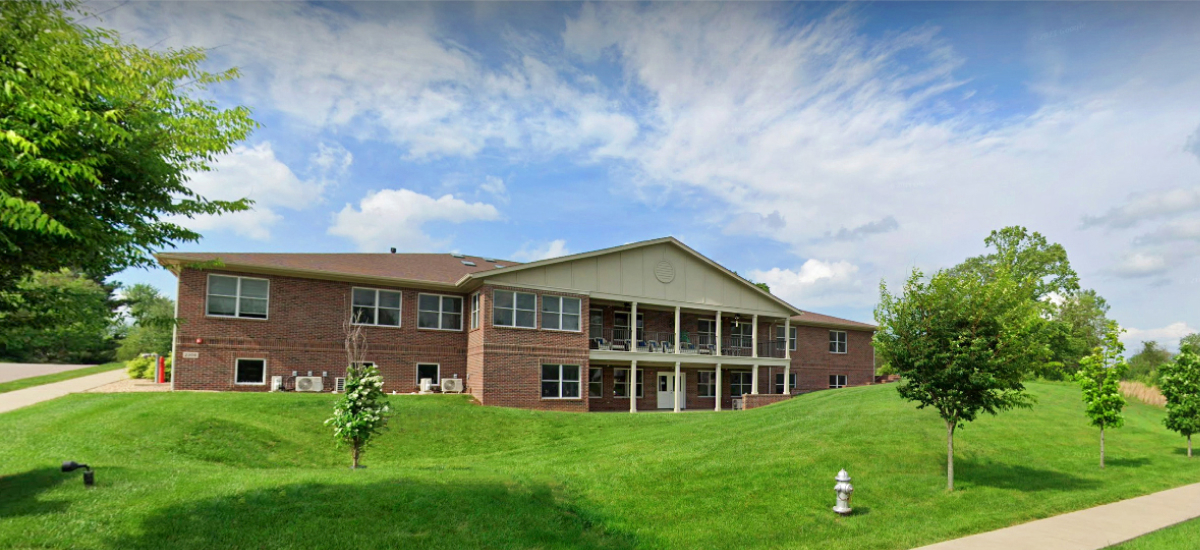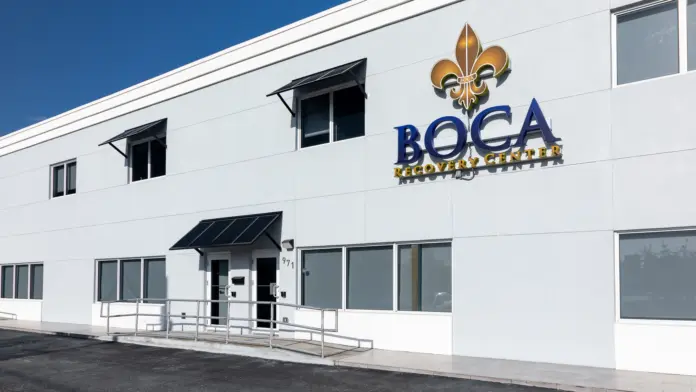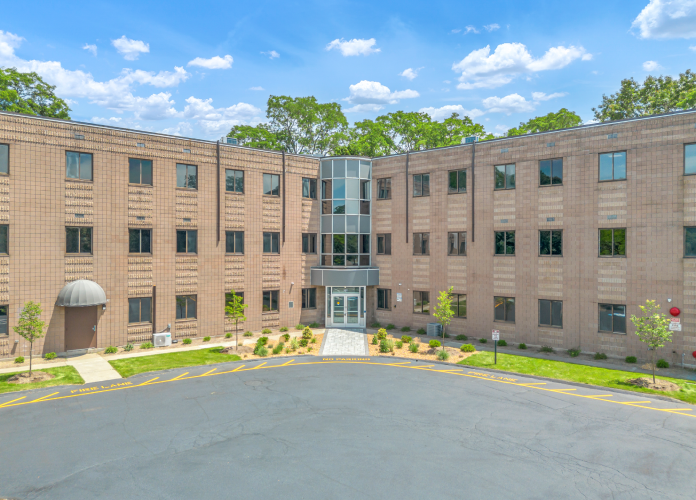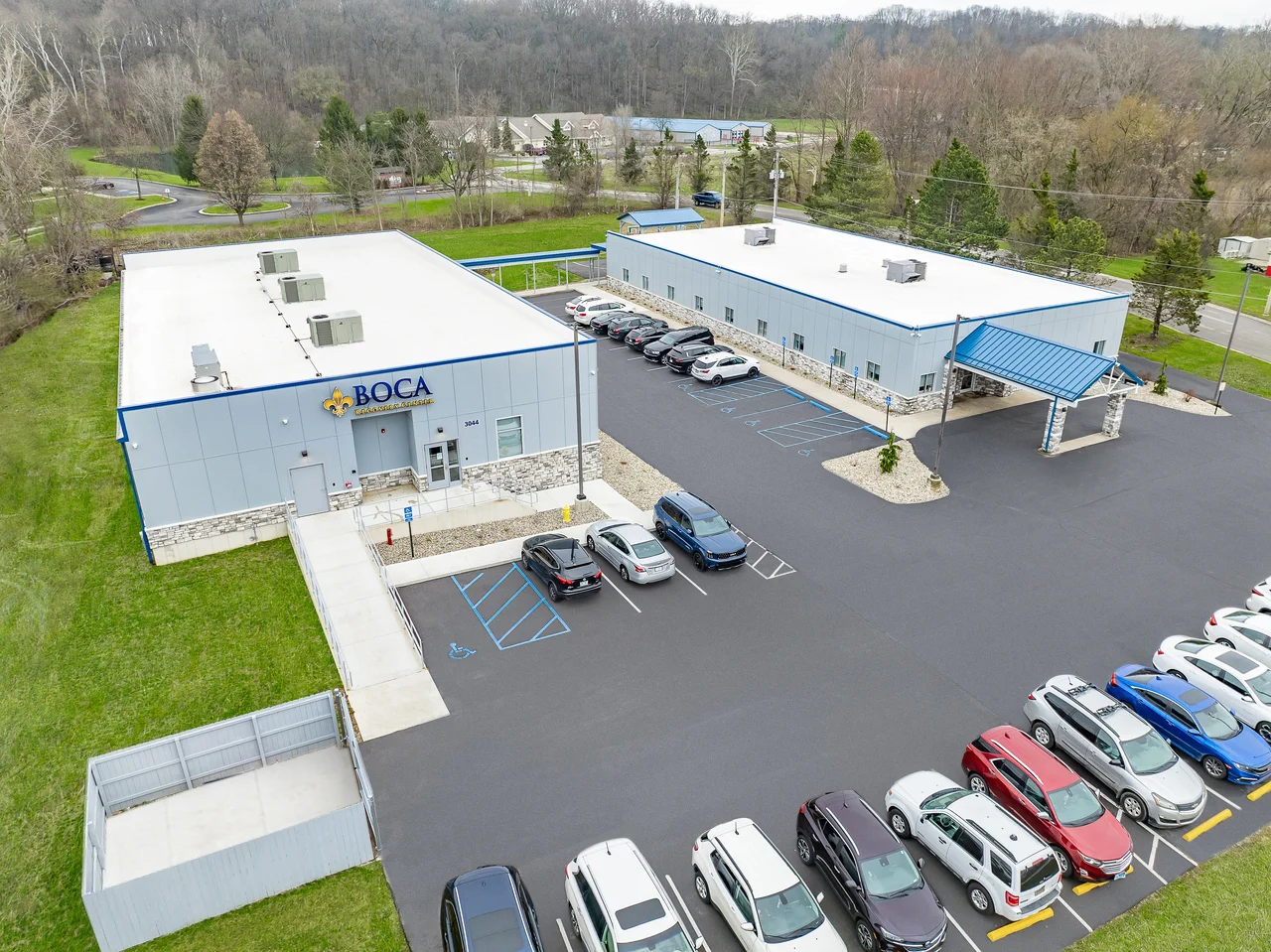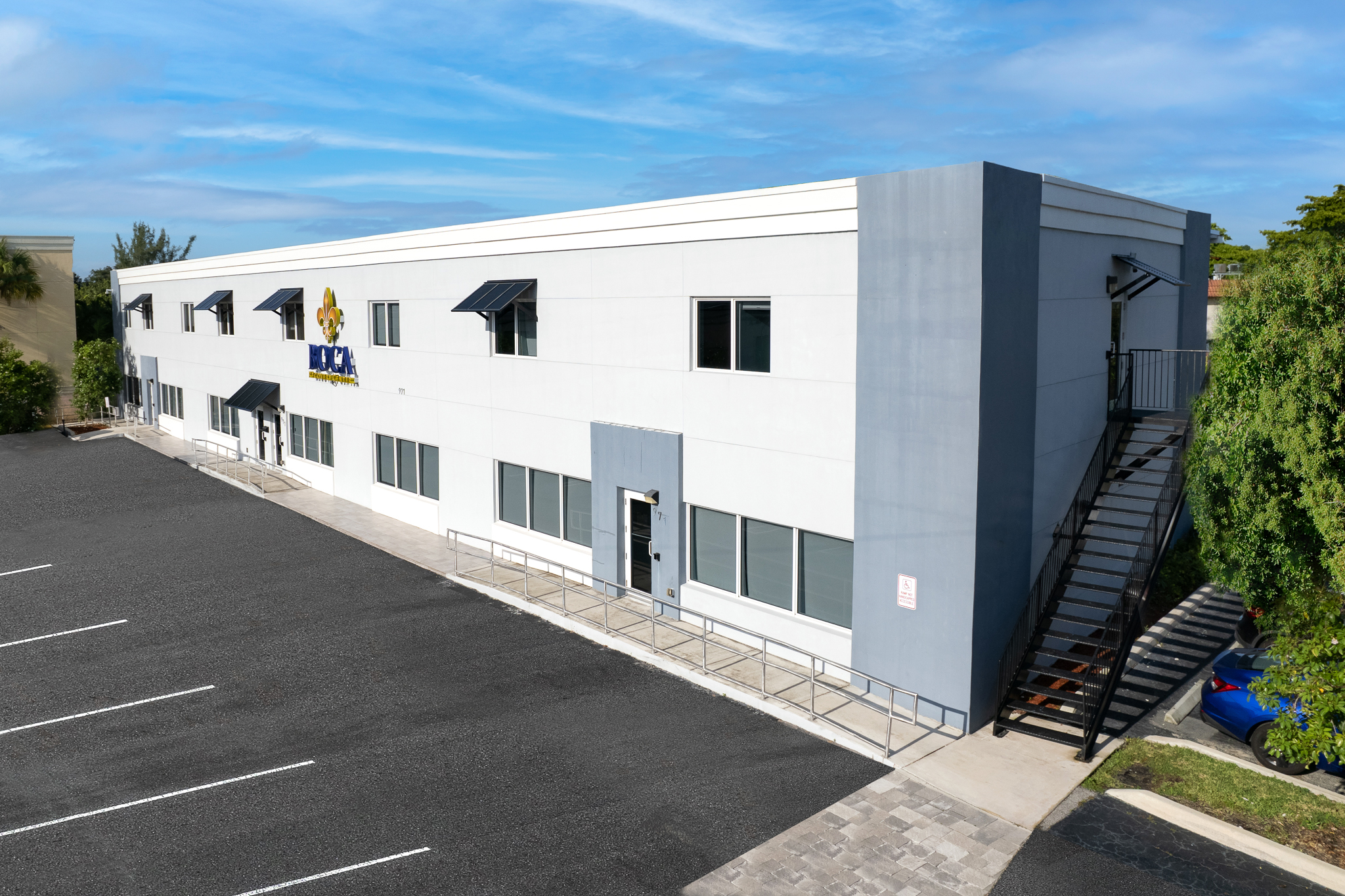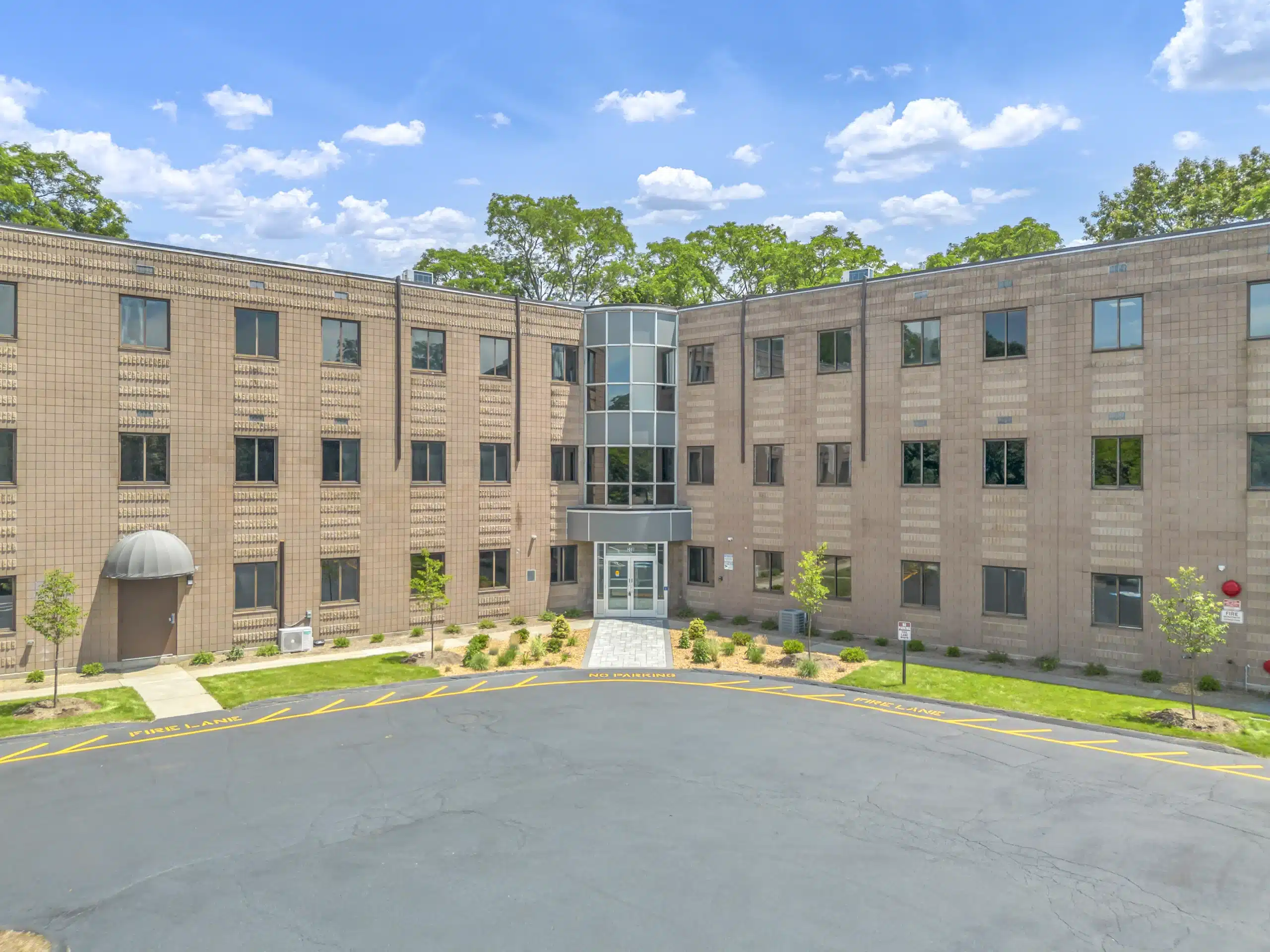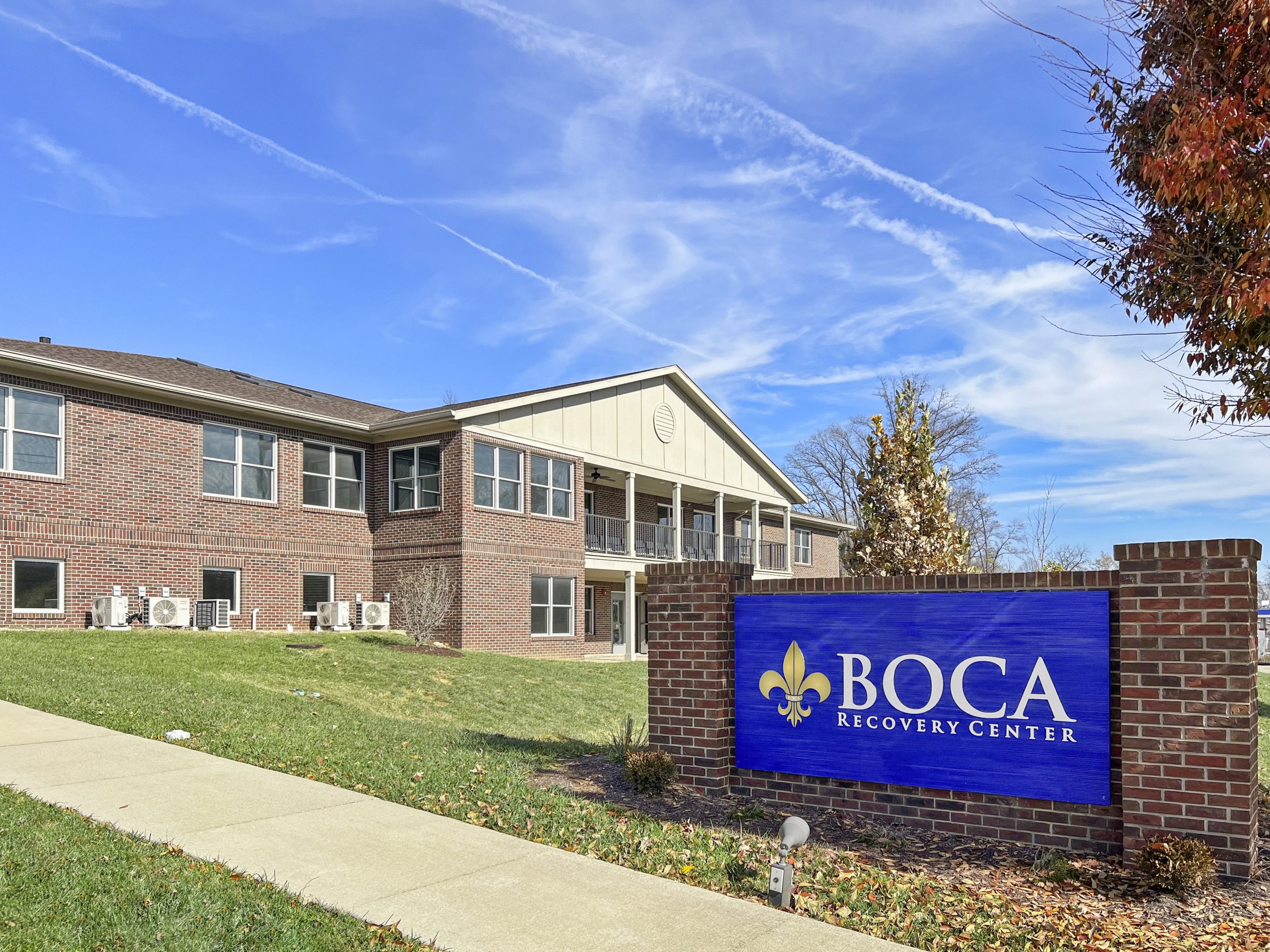Is It Possible for Sublocade to Cause Injection Site Necrosis?
Injection site necrosis following a Sublocade shot is rare, though it can occur. There have been minimal scientific findings that indicate injection site necrosis is a risk of receiving Sublocade injections. Extended-release subcutaneous buprenorphine injections (Sublocade) are a relatively new treatment method, and medical providers are still learning about the potential risks and side effects of the medication.
In one recent study, a rare case of injection site necrosis was observed.[1] Upon receiving a Sublocade injection, the skin immediately swelled. The skin then began to break down, though without infection. The patient required dermatology treatment, and the site eventually healed with a scar.
While rare, the study displays how injection site necrosis is possible. As a result, healthcare providers must be aware of the potential complications.[1]
Why & How Does Necrosis Happen?
Skin necrosis happens when too little blood flows to the affected area. Necrosis causes body tissue to die, making it particularly dangerous and requiring medical attention. It is caused by multiple factors, such as these:[3,4]
- Injury
- Radiation
- Chemicals
- Bacterial infection
The effects of necrosis cannot be reversed, so medical attention must be sought as soon as possible once signs of necrosis are noticed.[3]
Skin necrosis most often affects the fingers, toes, hands, and feet, but it can occur anywhere on the body. Injury or infection related to a Sublocade injection site may make a person vulnerable to injection site necrosis. Although some types of necrosis may heal on their own, always consult your doctor to ensure further complications do not develop.[4]
How Common Does Necrosis Happen With Sublocade?
Injection site necrosis does not often happen with Sublocade, though it can. Other injection site reactions are more common, though they are also rare. Injection site reactions have been recorded as follows:[5]
- Injection site pain has been reported in approximately 5% of patients.
- Itching at the injection site has been reported in 6% to 9% of patients, depending on the dose of Sublocade taken.
- Injection site erythema, or redness of the skin, has been reported in 3% to 4% of patients.
The makers of Sublocade warn that negative injection site reactions are possible. In post-marketing reports, a limited number of serious injection site reactions, including necrosis, abscess, and ulceration have been reported. However, in a Phase 3 double-blind study, less than 2% of patients reported experiencing adverse skin reactions at the injection site. [5]
Sublocade & Injection Site Complications
While there is a very low likelihood that necrosis will occur at a Sublocade injection site, other minor complications can develop. Two of the most common side effects of receiving a Sublocade injection are injection site itching and pain.[2]
Injection site pain and itching should resolve on their own within a short period of time. If they do not, contact your doctor for medical advice to ensure that further injection site complications, like necrosis, do not occur.
When injection site complications occur, they are typically mild to moderate in severity. Very few people experience serious injection site reactions.[5]
Patients are also likely to see or feel the Sublocade deposit underneath their skin. It is important not to rub or scratch the deposit or injection site in order to avoid further irritation.[6]
To minimize the risk of injection site complications, patients are encouraged to wear loose clothing and no tight bands around the injection site.[6]
If you’re considering long-acting buprenorphine but want medical oversight in a safe environment, our Indiana detox center can help you transition to Sublocade with close monitoring.
Benefits vs. Risks
Sublocade is the only form of long-acting injectable buprenorphine available in the United States. Overall, its benefits greatly outweigh the risks.
It is considered a safe form of medication-assisted treatment (MAT) for opioid use disorder (OUD), keeping opioid withdrawal symptoms and cravings under control. Following consultation with your doctor, Sublocade can generally be taken without fear of severe complications.
For help navigating recovery, call us or visit our Massachusetts alcohol & drug rehab for personalized guidance.
- Crouse, E., Haughts, J., Tobarran, N., Nichols, C., Cumpston, K., and Wills, B. Skin necrosis following inadvertent dermal injection of extended-release buprenorphine. Journal of Addiction Medicine. 2022;16(2): 242-245.
- FAQs Sublocade. Sublocade.com. Accessed February 23, 2022.
- Necrosis. U.S. National Library of Medicine. Published September 18, 2023. Accessed February 23, 2024.
- Khalid N, Azimpouran M. Necrosis. StatPearls. Published 2022. Accessed February 23, 2024.
- Injection site reactions reported for Sublocade. Sublocade.com. Accessed February 23, 2024.
- Abelleira, A. What to know about injectable buprenorphine (Sublocade). Carlat Publishing. Published January 30, 2023. Accessed February 23, 2024.

